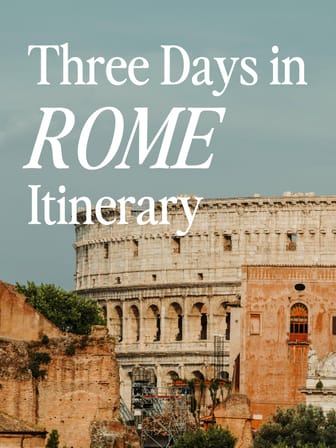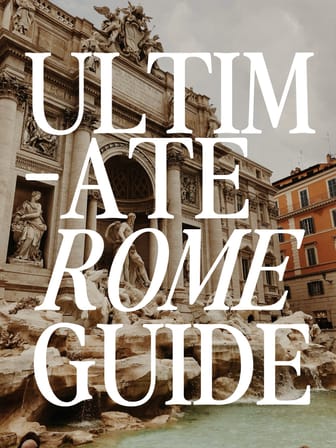Capitoline Museums
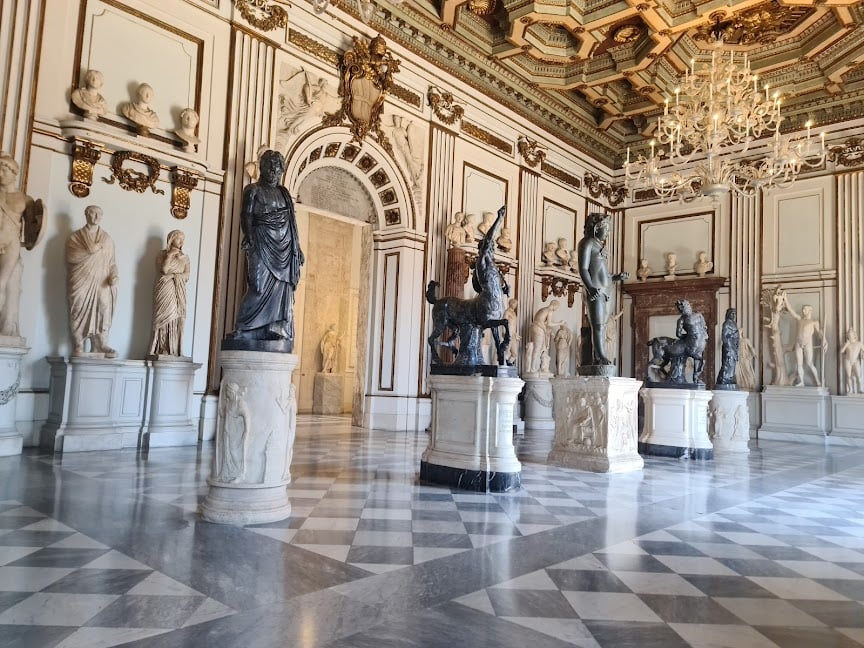
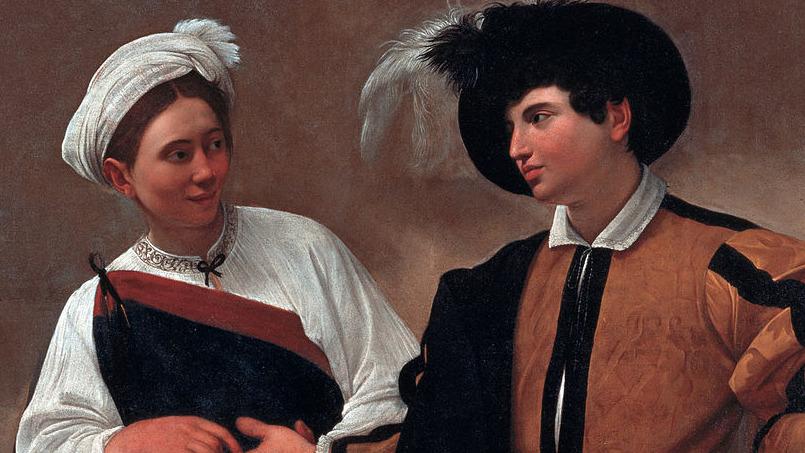
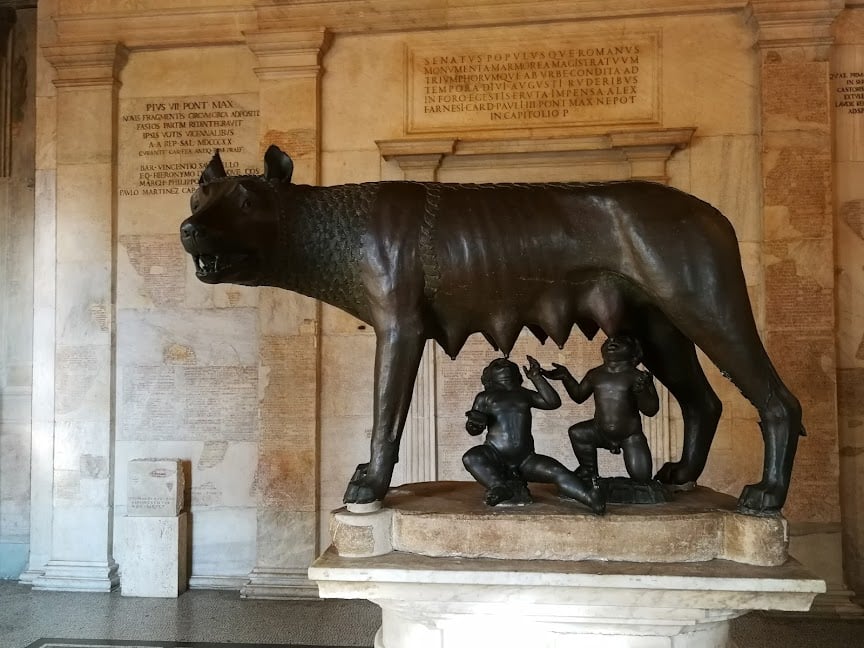
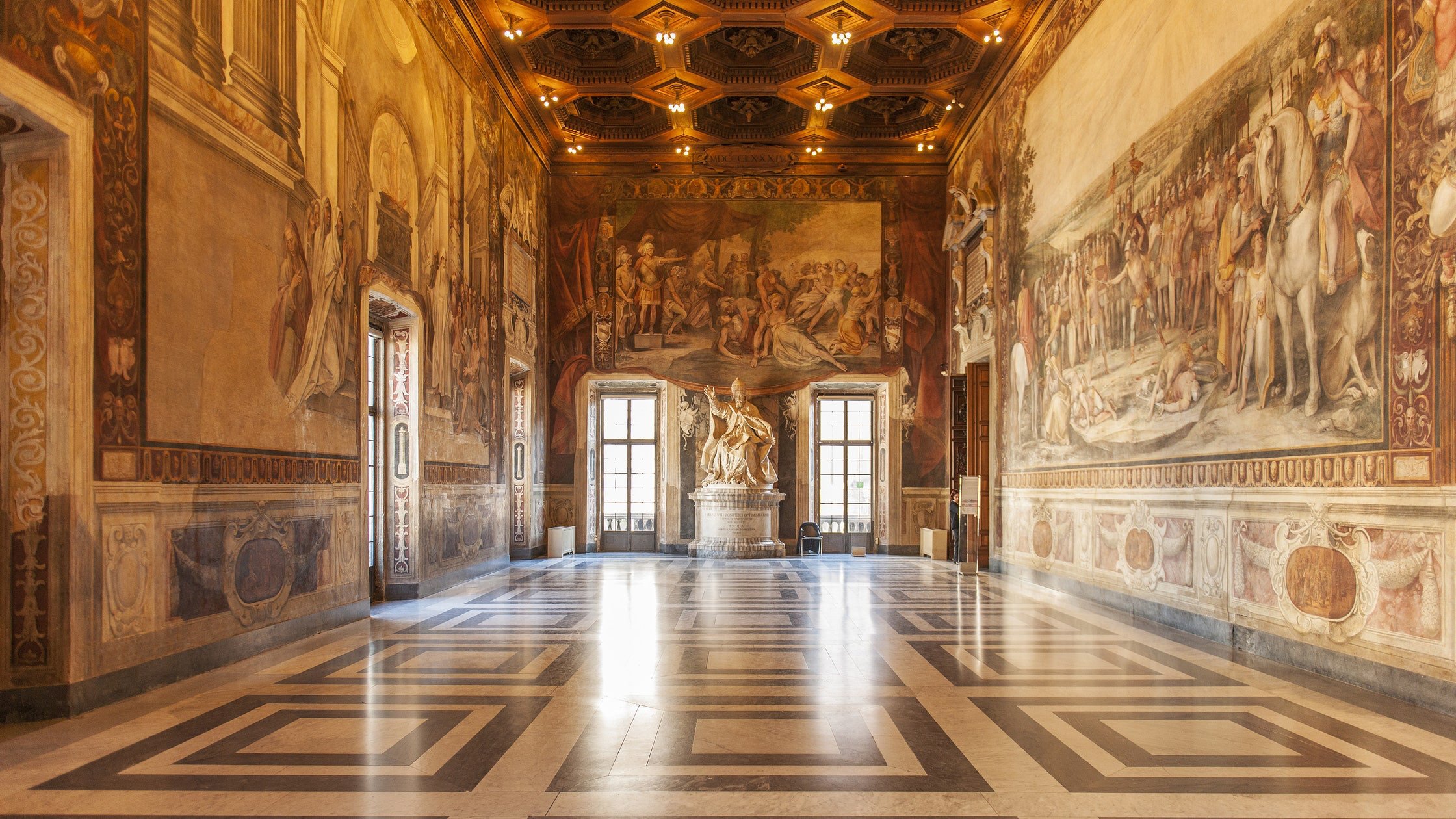
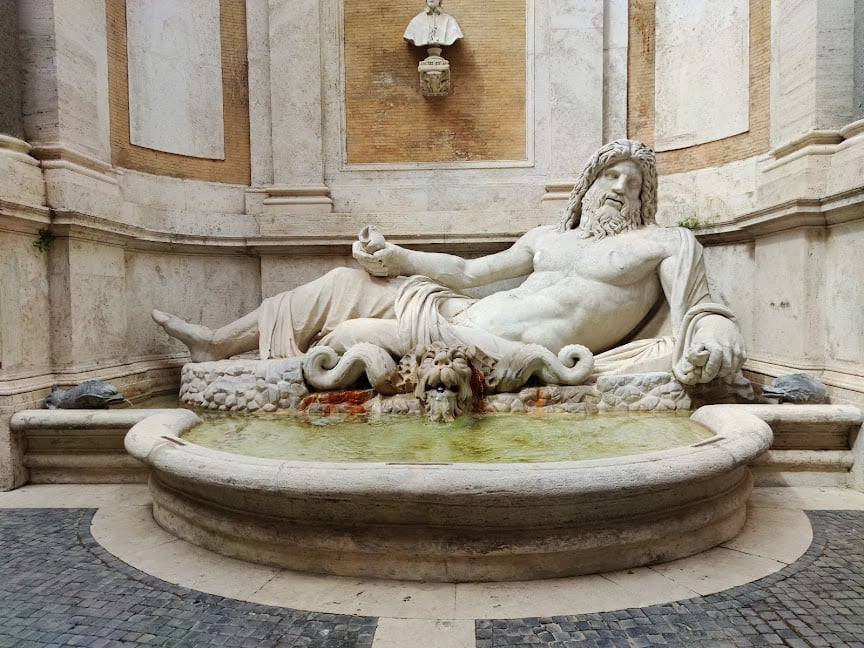
Ask ThatchGPT
Suggest a local expert to plan my trip
Suggest an unique itinerary for my Italy trip
What foods do Italy locals eat
What are some true hidden gems in Italy
Help me brainstorm trip ideas for Italy
Help me plan a family-friendly trip to Italy
What people say
Linda Miller
"The Capitoline Museums (Italian: Musei Capitolini) are a group of art and archaeological museums in Piazza del Campidoglio, on top of the Capitoline Hill in Rome, Italy. The historic seats of the museums are Palazzo dei Conservatori and Palazzo Nuovo, facing on the central trapezoidal piazza in a plan conceived by Michelangelo in 1536 and executed over a period of more than 400 years. The museums comprise eleven distinct collections, including several temporary exhibitions.
The history of the museum can be traced to 1471, when Pope Sixtus IV donated a collection of important ancient bronzes to the people of Rome and located them on the Capitoline Hill. The collection grew steadily over the centuries, and in the 18th century, two new buildings were constructed to house it.
The Capitoline Museums are home to a wide range of art and artifacts, including:
Ancient Roman sculptures: The Capitoline Museums have one of the world's finest collections of ancient Roman sculptures, including the Capitoline Brutus, the Dying Gaul, and the Spinario.
Renaissance and Baroque art: The Capitoline Museums also have a significant collection of Renaissance and Baroque art, including works by Titian, Caravaggio, and Guido Reni.
Egyptian art: The Capitoline Museums have a small but important collection of Egyptian art, including a number of mummies and sarcophagi.
Medieval and modern art: The Capitoline Museums also have a collection of medieval and modern art, including works by Pietro Lorenzetti, Jacopo Torriti, and Giorgio Morandi.
The Capitoline Museums are a must-see for any visitor to Rome. They offer a glimpse into the rich history and culture of the city, and they house some of the world's most important works of art.
Here are some additional details about the Capitoline Museums:
The Capitoline Museums are open from 9:30am to 7:30pm, seven days a week.
Admission to the Capitoline Museums is €12.00 for adults, and €6.00 for children under the age of 18.
The Capitoline Museums are accessible by public transportation. The nearest bus stop is the Ara Coeli stop, which is served by buses number 46, 75, and 175.
The Capitoline Museums are also accessible by metro. The nearest metro station is the Colosseo station, which is served by line B.
"
Read more in:
Pedro Pereira
Available for hire
"The Capitoline Museums (Musei Capitolini) are a group of museums located in the Piazza del Campidoglio on the Capitoline Hill in Rome, Italy. The museums are housed in two palaces, the Palazzo dei Conservatori and the Palazzo Nuovo, which were designed by Michelangelo in the 16th century.
The Capitoline Museums are one of the oldest public museums in the world, founded in 1471 when Pope Sixtus IV donated a collection of ancient bronzes to the city of Rome. The collection has since grown to include a wide range of ancient Roman art and artifacts, including sculptures, paintings, coins, and jewelry.
The Palazzo dei Conservatori houses the following collections:
The Capitoline Collection of Ancient Bronzes, which includes the famous Capitoline Wolf, a she-wolf suckling two infants, which is the symbol of Rome.
The Egyptian Collection, which includes a collection of Egyptian statues, mummies, and other artifacts.
The Hall of the Tapestries, which features a series of 16th-century tapestries depicting the life of Romulus and Remus, the founders of Rome.
The Palazzo Nuovo houses the following collections:
The Capitoline Collection of Paintings, which includes works by Caravaggio, Titian, and other Italian masters.
The Hall of the Emperors, which features a collection of Roman busts of emperors and empresses.
The Hall of the Philosophers, which features a collection of Roman busts of philosophers and other important figures."
Read more in:
ANDREA MATTINA
"Si tratta della prima raccolta pubblica del mondo, la cui origine risale alla donazione, avvenuta nel 1471, da parte di papa Sisto IV al Popolo Romano, di un nucleo di sculture bronzee, tra cui la celebre Lupa etrusca, lo Spinario e la Testa di Costantino. Immancabile occasione per apprezzare da vicino due dipinti di Caravaggio: La buona ventura (1595) e San Giovanni Battista (1602-03). Nel primo è possibile riconoscere la mano giovanile del pittore, dove sono ancora forti le derivazioni lombarde. È una scena di vita quotidiana, in cui una giovane gitana, con il pretesto di leggere la mano a un giovane sprovveduto, gli sfila furtivamente un anello. Il San Giovanni Battista, dipinto del 1602 per Ciriaco Mattei, appassionato collezionista e figura di rilievo in quegli anni, è un chiaro omaggio al nome del figlio di Ciriaco, Giovanni Battista. La destinazione privata del dipinto contribuisce alla libertà con cui Caravaggio rende un tema sacro. Non si può negare infatti la sottile licenziosità del soggetto, che diremmo più pagano che religioso. La torsione della posa è un chiaro riferimento ai Nudi di Michelangelo nella Sistina.
ct turismoromaweb.it"
Read more in:
Mentioned in these guides
About Capitoline Museums
Get the inside scoop on Capitoline Museums from local experts, travel creators, and tastemakers. Browse genuine trip notes, Capitoline Museums reviews, photos, travel guides, and itineraries from real travelers and plan your trip with confidence.
Phone
Save this spot for later or start mapping out a new trip today
Try our AI Travel Assistant and get instant answers to any questions about your trip.
Ask ThatchGPT

